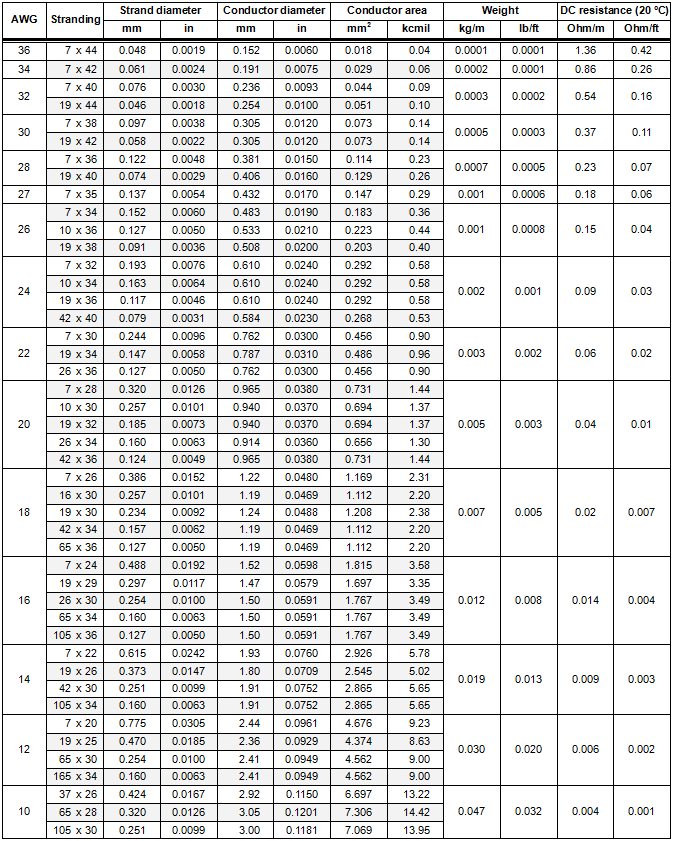Number of cables in enclosed pathways meeting maximum fill ratio criteria
Table below offers several examples of the number of cables that can fit into such enclosed pathways as conduits at fixed pathway cable fill ratios.
An enclosed cable pathway is a cable pathway, the contents of which may be accessed either at either of the two ends or by removing a cover/lid. Such pathways completely enclose (i.e., surround) the cables that are contained within the pathway space.
Following the above definition, there are two major types of enclosed pathways:
-
without longitudinal access or "end-access" pathways;
end-access pathways (e.g., conduit) are typically formed by a one-piece, solid-body, hollow extended construction, which may have various cross-section shapes (round and rectangular are most common) and can be made of various materials (metal and plasti are most popular). The internal hollow space is used for placing cables.
-
with longitudinal access or "length-access" pathways;
length-access pathways are equipped with some form of a lid or cover that may be fixed to the base with hinges or be of a removable type.
An enclosed pathway cable fill ratio is a factor, expressed as a percentage or fraction, used to characterize the degree of pathway filling with its content (e.g., cable). It does not include allowances for the spaces between cables and that cables may take quite complicated routes different from straight lines. This assumption is made to facilitate calculations and establish unambiguous and straightforward criterion.
The enclosed pathway fill ratio is a mathematical ratio of an integrated cross-sectional area of all cables within the pathway to the cross-sectional area of the pathway’s internal space:
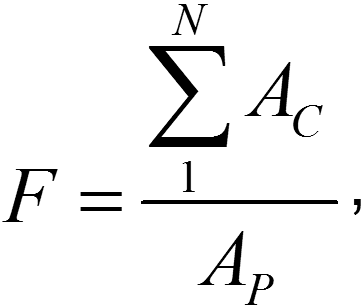
where
 – pathway fill ratio;
– pathway fill ratio;
 ;
;
 – cross-sectional area of an individual cable:
– cross-sectional area of an individual cable:
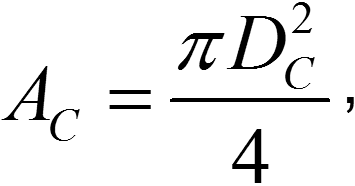
where
 – individual cable diameter;
– individual cable diameter;
 – number of cables in pathway;
– number of cables in pathway;
 – cross-sectional area of pathway internal space:
– cross-sectional area of pathway internal space:
pathways with round shape:
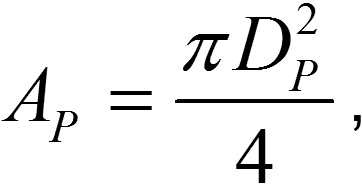
where
 – pathway internal diameter;
– pathway internal diameter;

pathways with rectangular shapes:

where
 – pathway internal space height;
– pathway internal space height;
 – pathway internal space width;
– pathway internal space width;


The most common scenario is when all cables installed in a pathway are identical; in that case the above fill ratio formulae can be simplified:
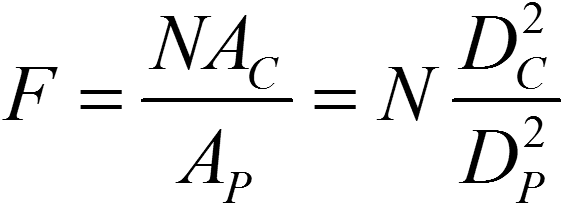 for circular pathways;
for circular pathways;
 for rectangular pathways.
for rectangular pathways.
Because cable distribution pattern is different for different combinations of cable and pathway sizes, there are three cable pathway fill factors commonly used by the telecommunications industry as a de facto standard:
- 53 percent for one cable;
- 31 percent two one cables;
- 40 percent for three and more cables;
In real life, the number of cables that can be placed in an enclosed pathway is of more practical value than the calculation of an actual pathway cable fill ratio. In that case, the pathway cable fill ratio is used as a fill criterion/factor in determining the maximum number of cables. Formulae provided above with simple transformations can be used for reversed calculation of a number of cables that can be placed in an enclosed pathway with a given internal size at a required fill ratio (assuming all cables are identical):
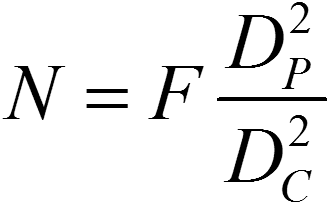 for circular pathways;
[1]
for circular pathways;
[1]
 for rectangular pathways.
for rectangular pathways.
When rounding calculated
 values one should take into account that at low cable counts (up to three), rounding up can provide results with a high degree of error and even unacceptable results (when rounding up, for example, to two cables can give sum of the cable diameters exceeding the pathway internal dimensions). In all such cases, it is recommended to recalculate the rounded up values to check their correlation with the two other pathway cable fill ratio criteria. For all
values one should take into account that at low cable counts (up to three), rounding up can provide results with a high degree of error and even unacceptable results (when rounding up, for example, to two cables can give sum of the cable diameters exceeding the pathway internal dimensions). In all such cases, it is recommended to recalculate the rounded up values to check their correlation with the two other pathway cable fill ratio criteria. For all
 rounding up to the next round number should provide acceptable results, the higher the cable count, the better correlation with the target pathway cable fill ratio, however, rounding down can also be used for all calculations in order to be on the conservative side.
rounding up to the next round number should provide acceptable results, the higher the cable count, the better correlation with the target pathway cable fill ratio, however, rounding down can also be used for all calculations in order to be on the conservative side.
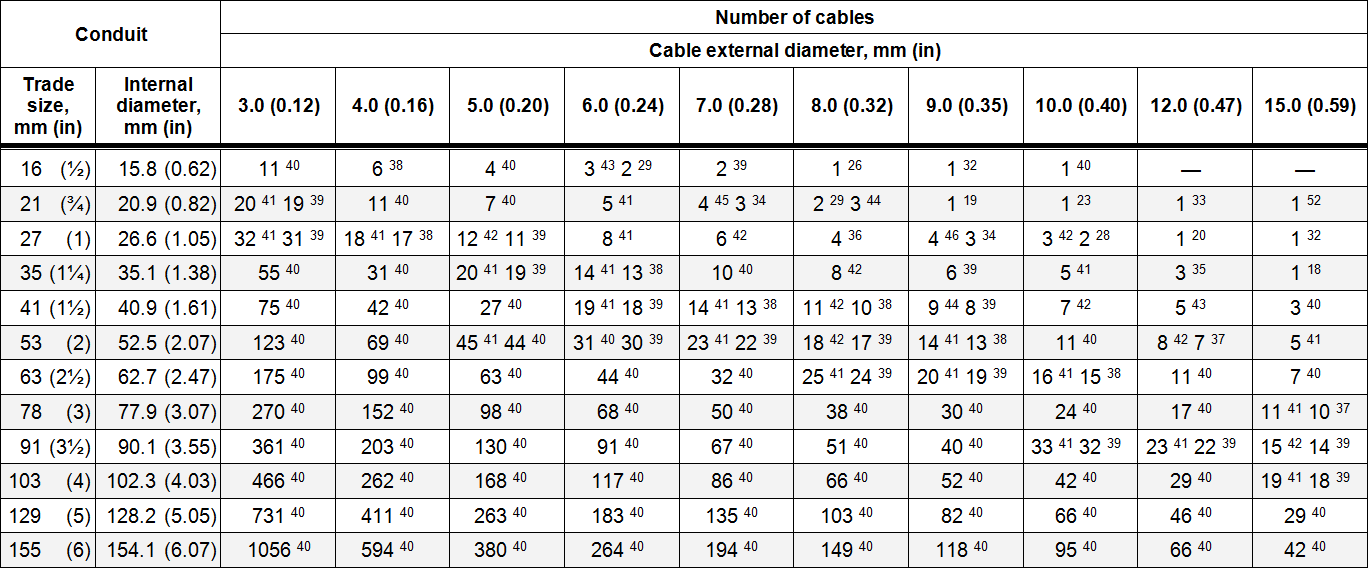
Table data were obtained by calculating the number of cables using formula [1], rounding them up and down and choosing the result with the best correlation with one of the established pathway cable fill ratio criteria. Both rounded up and rounded down results were included in the table, when both exhibited equivalent correlation with the criterion. All results are based on metric cable and pathway dimensions; results obtained using US customary units will invariably differ from the results based on metric dimensions due to the finite accuracy of conversion between metric and US customary units.
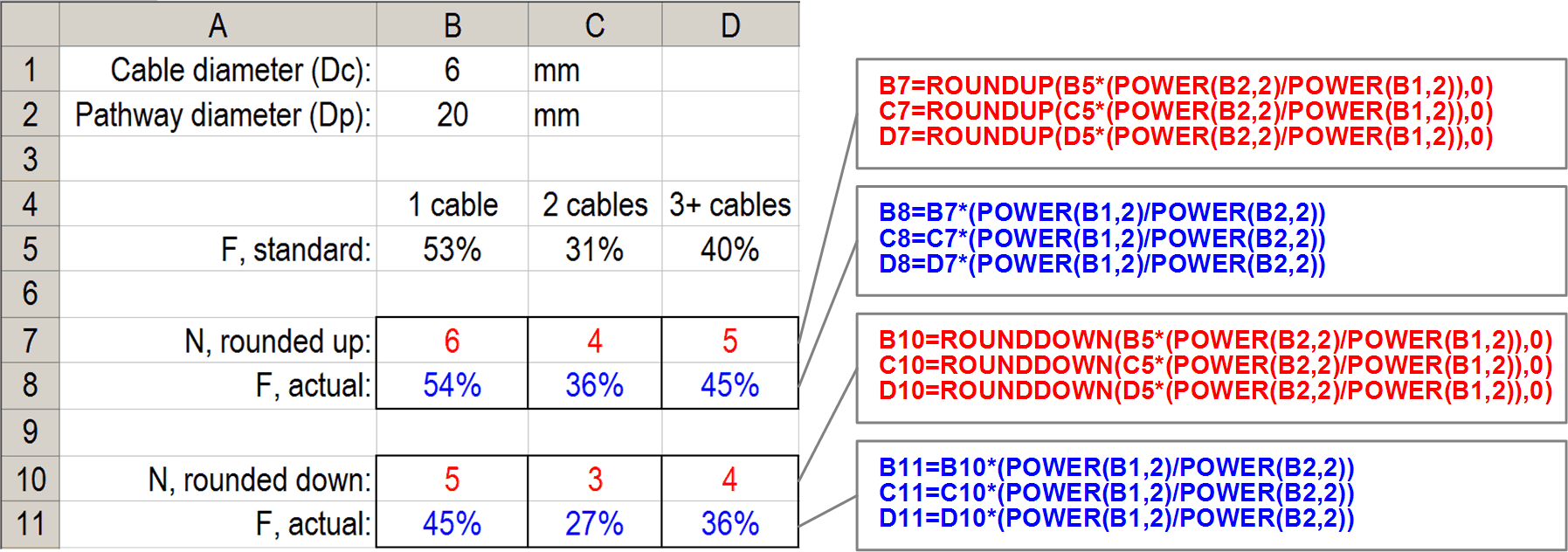
When using the above formulas, the cells containing percentage values should be assigned "%" style in order to correctly represent the results. Additionally, use "increase decimal" and "decrease decimal" commands to adjust the result representation accuracy.
Solid Conductor Gauge
American Wire Gauge (AWG) is recognized as an international standard for the conductor size (diameter) measurement.
Actual AWG value means the index number of the drawing process of the conductor wire starting from the primary blank (AWG 0).
The lower gauge values mean larger wire diameters.
The diameter of a No. n AWG wire is
 ,
,
and its cross-section area is
 .
.
For an m/0 AWG wire, use
n=-(m-1)
in the above formulas. For instance, for No. 0000 or 4/0, use
n=-3.
Three-point gauge variation means either increase or decrease of the conductor resistance by two times.
Six-point gauge variation means either increase or decrease of the conductor diameter by two times.
A decrease of ten gauge numbers, for example from 10 to 1/0, multiplies the area and weight by approximately 10
and reduces the resistance by approximately 10.
The gauge may be converted to the corresponding metric equivalent of the conductor diameter by the geometric progression,
given the primary blank diameter, but the use of conversion tables is a simpler way.
The conductor diameters for AWG system are based on fixed diameters for the smallest size (36 AWG = 5 mil) and the largest
size (4/0 = 460 mil), where 1 mil equals to 0.0254 mm (0.001 in). The diameters for the intermediate sizes are derived from
the largest size or from the smallest size by the geometric progression. For example, if we start with the fixed diameter of
4/0, each smaller size conductor is derived from the previous size by multiplying it by a factor of
 ,
i.e.,
,
i.e.,
 ,
,
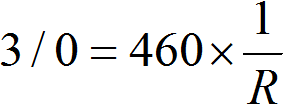 ,
,
 ,
,
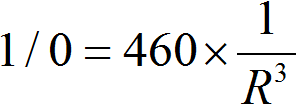 ,
,
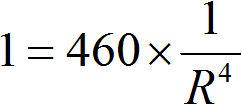 , . . .
, . . .
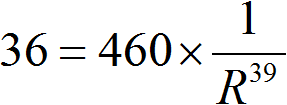 ,
,
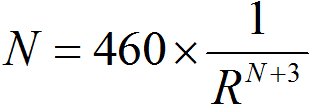 .
.
Understanding that AWG sizes are based on cross-sectional area may explain an apparent discrepancy between the diameters of
stranded conductors and their solid conductor counterparts. Stranded conductors generally have a slightly larger outside
diameter than the corresponding solid conductor diameter due to the cross-sectional area lost between the strands.
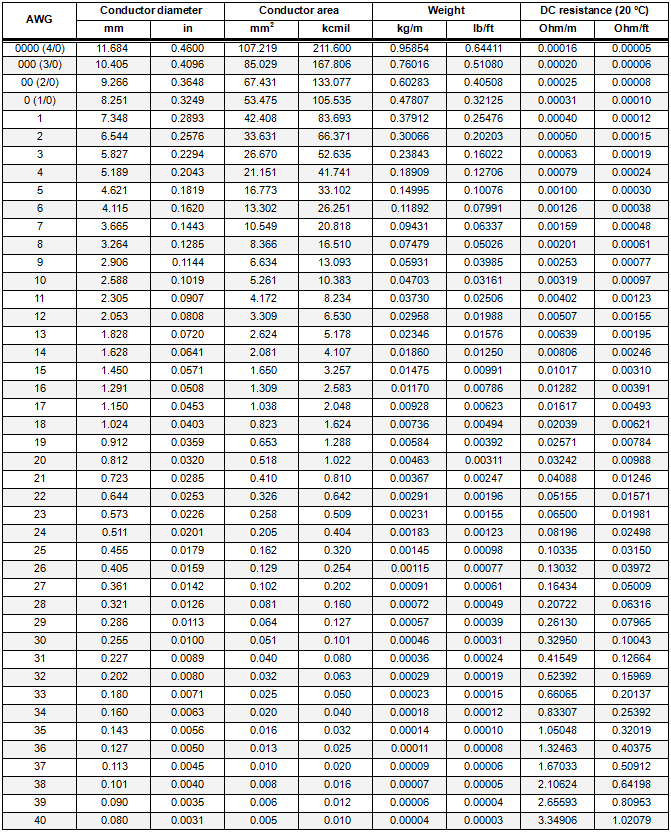
Stranded Conductor Gauge
